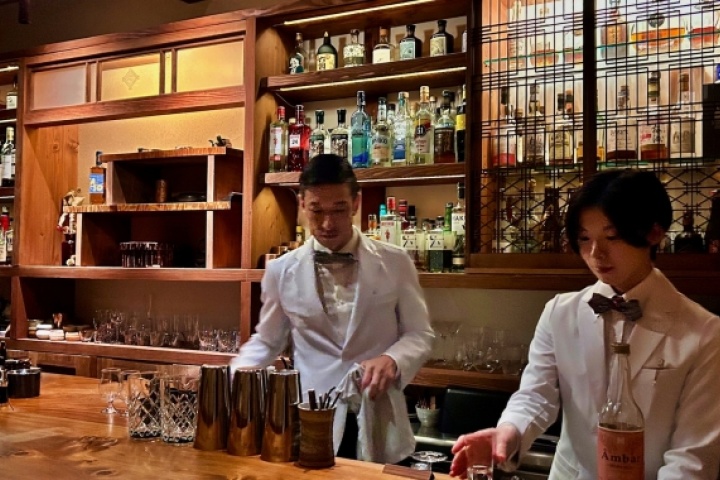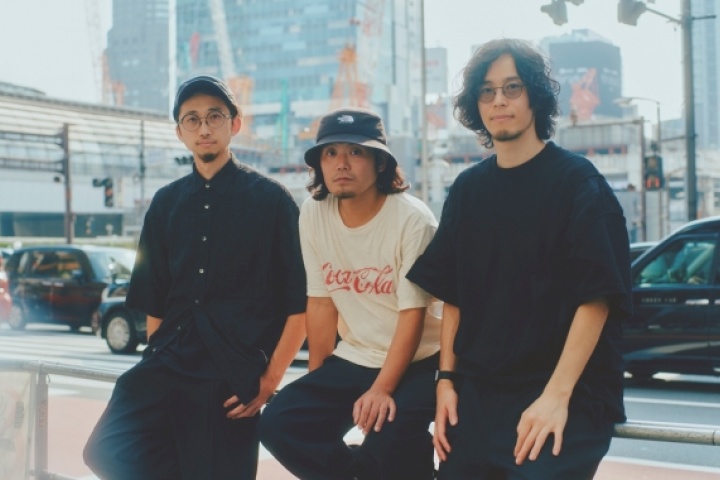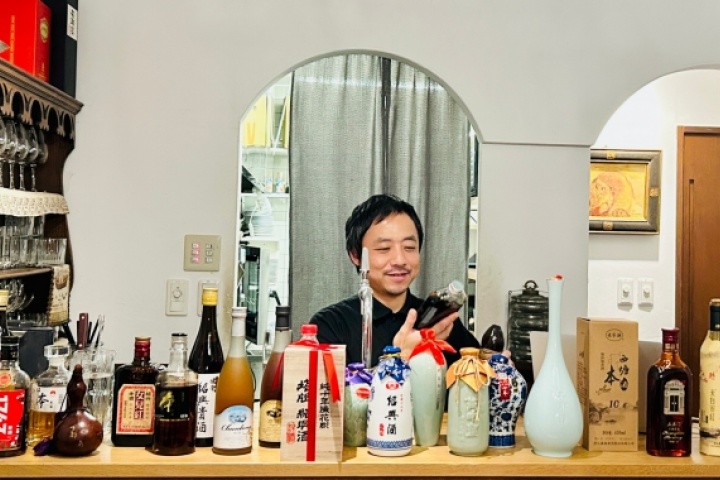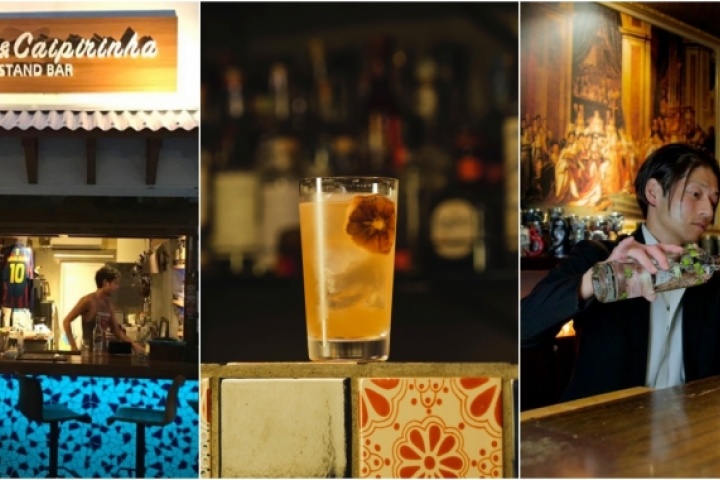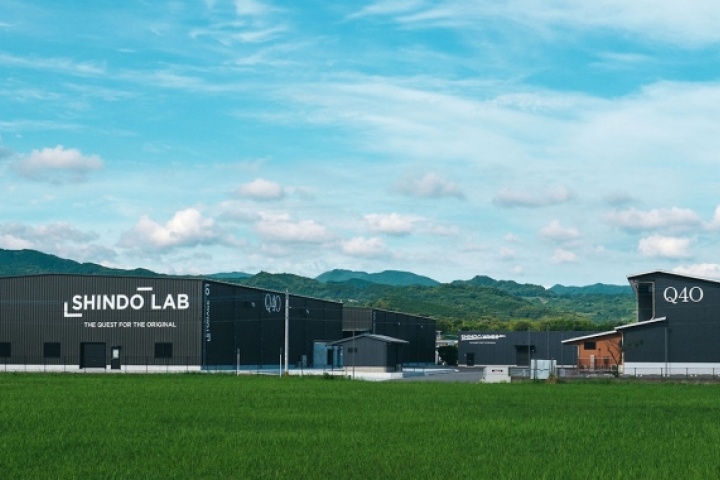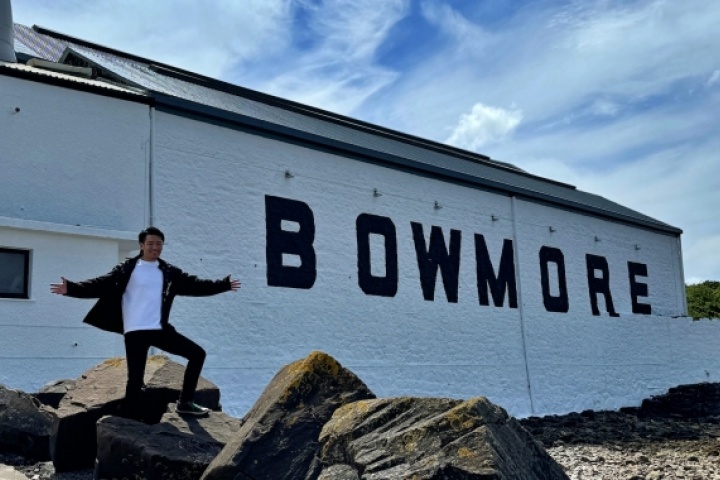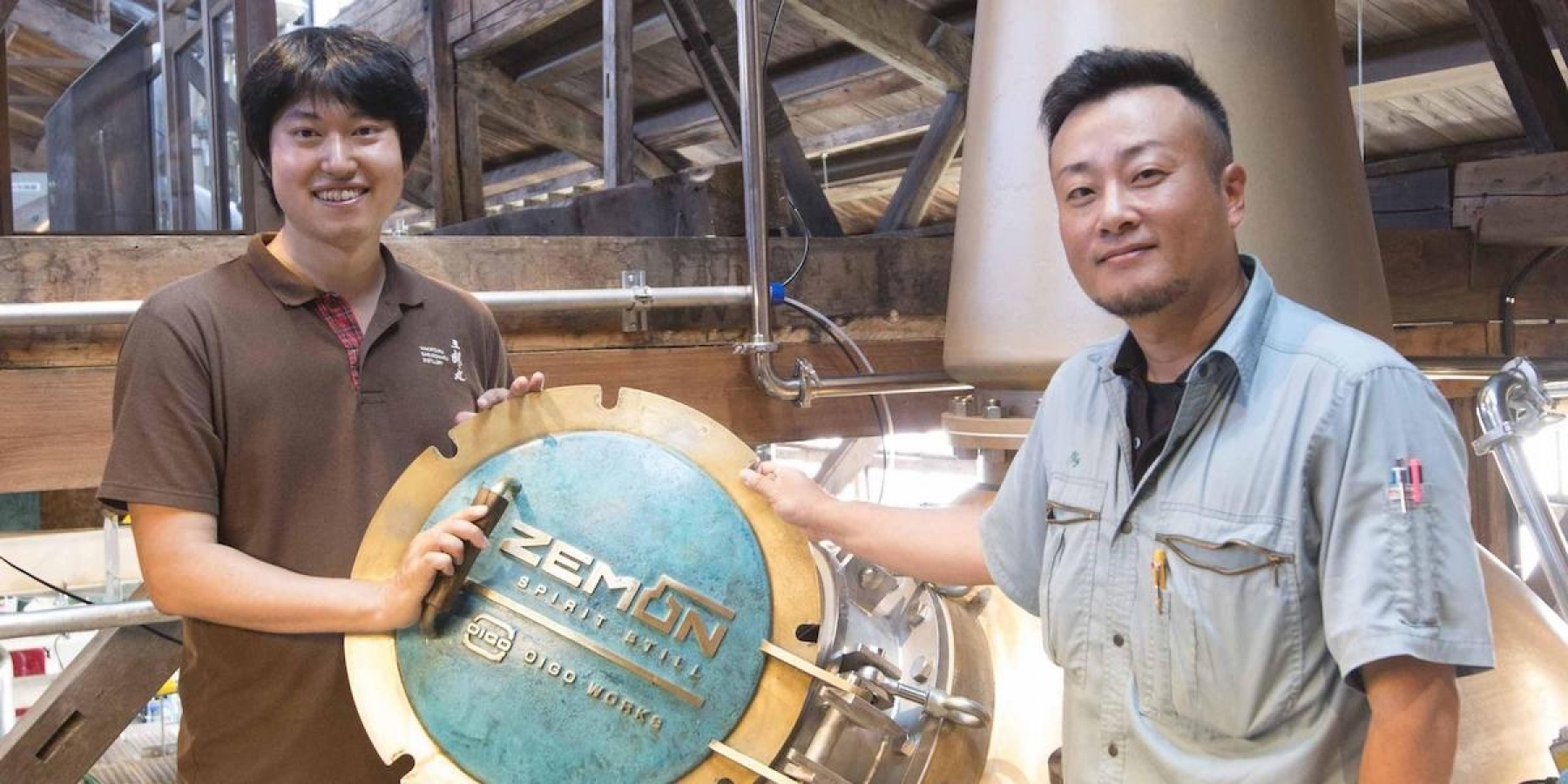
PICK UP
The world's first cast iron pot still for
heavily peated whisky!
<Part 2>
#Pick up
稲垣貴彦さん from「三郎丸蒸留所」
writer:Ryoko Kuraishi
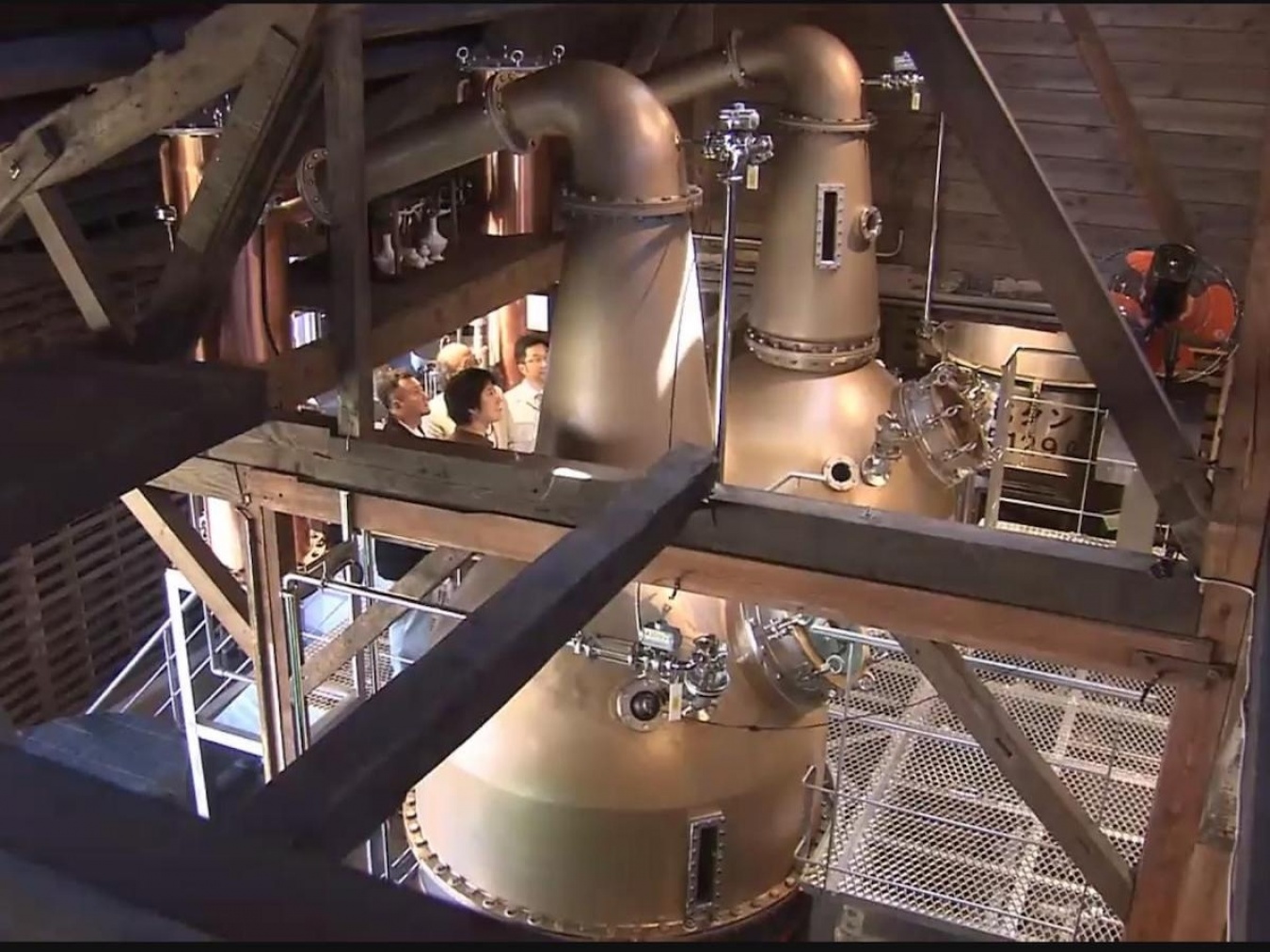
Inagaki drew up the blueprint for ZEMON.The short line arm, a feature of the original still, was retained in the new still in pursuit of a thicker sake quality that is typical of Saburomaru.The neck was also designed to be thicker and shorter to achieve the same effect".For more information on ZEMON, click here.
Takahiko Inagaki of Laiko Seisakusho and Saburomaru Distillery, who developed the world's first cast iron pot still, ZEMON.
When actually completed, this proved to have more advantages than we had expected.
The manufacturing time is much shorter compared to the process of beating, bending and welding sheet metal...
Normally, the inner thickness of a pot still is around 4-6 mm, but the minimum thickness for ZEMON is 10 mm, which is said to lead to a longer service life and cost reductions.
The mould is made from a sand mould, which produces fine, invisible irregularities inside, but this gives it a larger surface area than a pure copper pot still.
This means that the effects of copper and tin (tin) can be brought out and a larger catalytic reaction can be expected.
Furthermore.
This was unexpected, but the fact that bronze is a smaller thermal conductor than pure copper meant that heat inside the still did not escape, saving energy.
The gas bill can now be reduced by 60% compared to before.
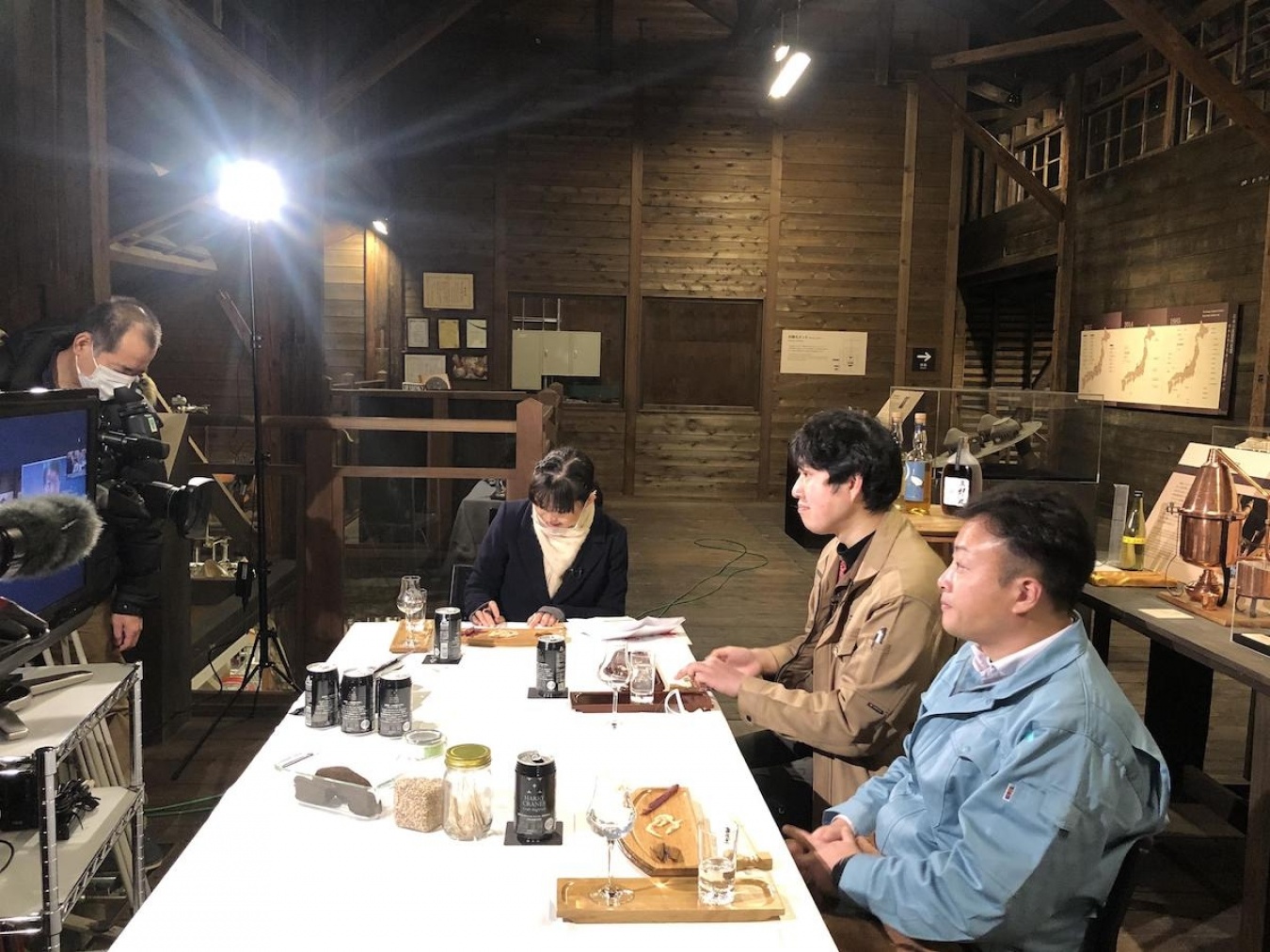
A shot from an online event as part of Toyama Prefecture's 'Online TOYAMA Travel' tourism project.Oigo and I conducted a tour of the distillery and engaged in interactive exchanges with participants.
'As an added bonus, they are unitised by parts, which makes maintenance easier.Only worn parts can be replaced or the capacity can be extended.
The casting process uses an alloy of copper and tin, and tin has long been said to mellow the quality of sake, as it is used in sake vessels and shochu coolers.
The effect of this alloy can also be expected" (Shohei Laiko, Laiko Manufacturing Co., Ltd.)
Thus, whisky production at 'ZEMON' can begin in spring 2019.
'The new pot distilled in "ZEMON" is mellow, fruity and has a long aftertaste.I think this is an effect of the properties of the casting, an alloy of copper and tin.
We were able to win a special award in the Japanese New Make category at the 'Tokyo Whisky & Spirits Competition 2020', and the potential of the 'Saburomaru Distillery' and 'ZEMON' was highly appreciated" (Mr Inagaki)<a12>
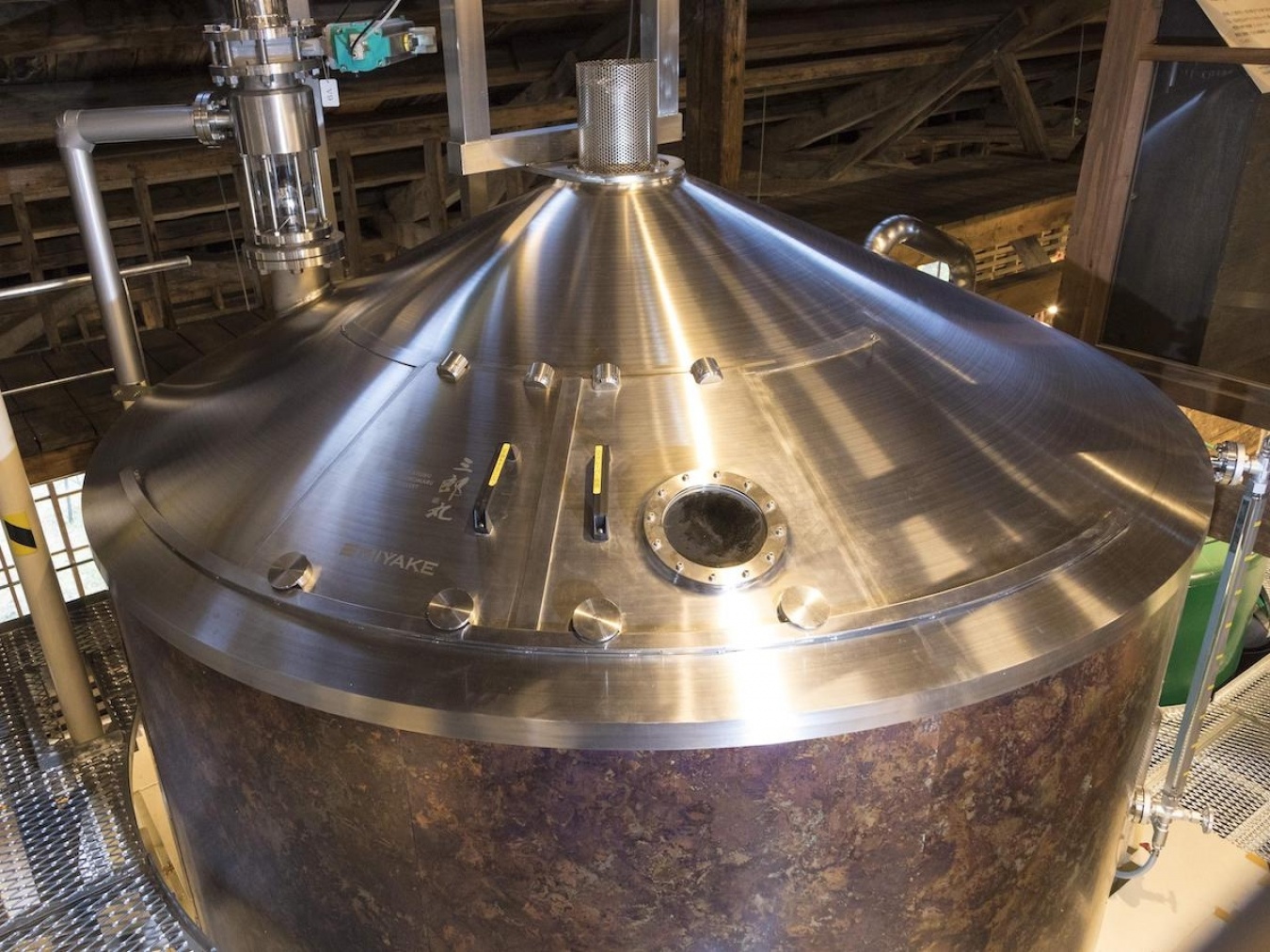
The latest mashtan from Miyake Seisakusho.
Highly rated neupot.
Now, in order to achieve Inagaki's ideal whisky, the Saburomaru Distillery is gradually improving its facilities every year, such as renewing the distillery, mash tun and pot stills, and last year introducing fermenters and Islay peat malt: .......
The goal for 2021 is to focus on updating the yeast.
'We've always used ale yeast (beer yeast).
We used to make whisky with the surplus ale after making beer.
Since 2017 we have been using a mix of ale and whisky yeast, and in 2021 we want to focus on the condition of the yeast in our brewing.
Last year we changed one of our fermentation tanks to a wooden vat.Fermentation in wooden vats encourages lactic acid bacteria fermentation.
It's a unique way of making whisky in a brewery, and we want to follow the old ways."
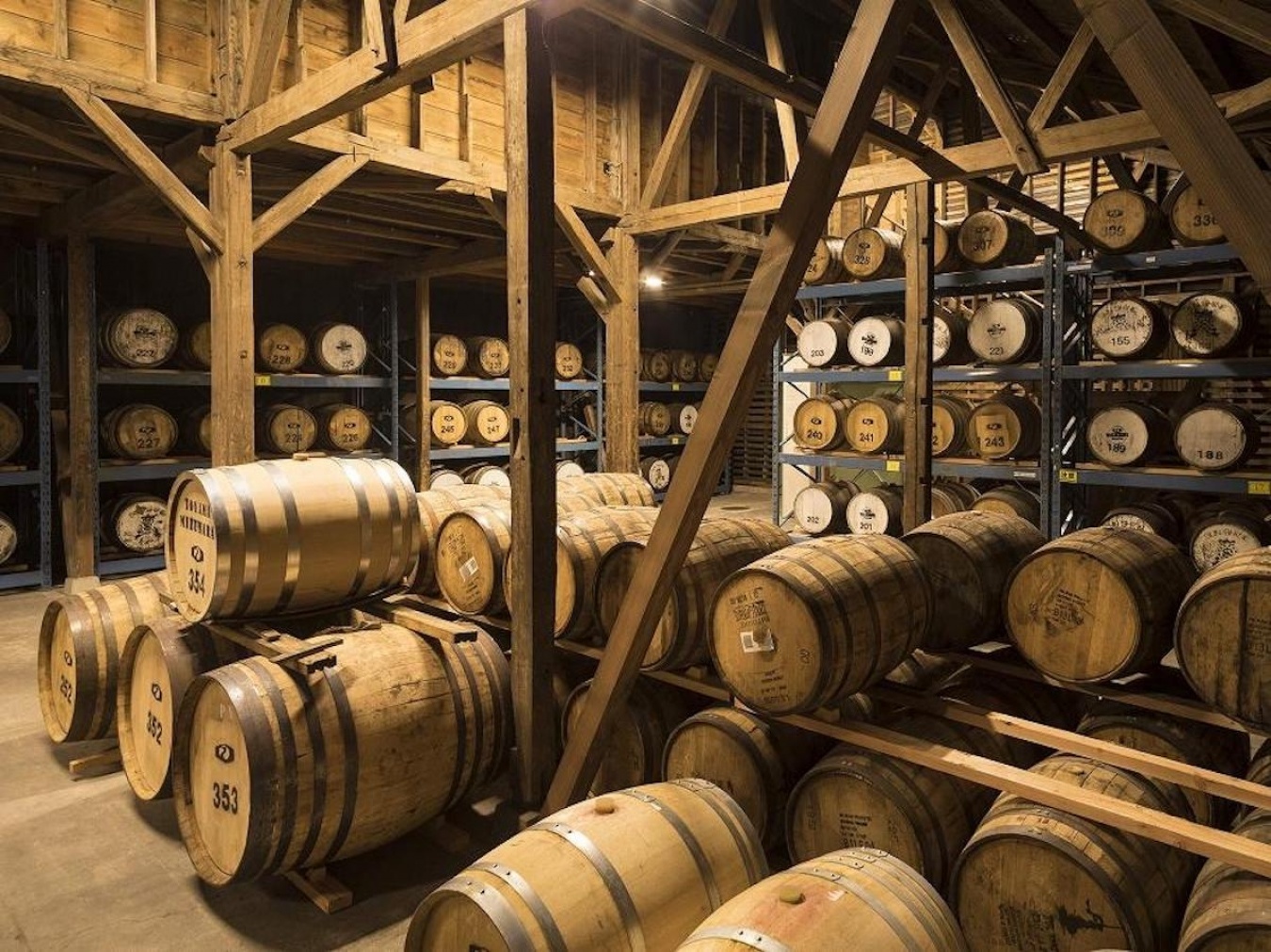
Various types of maturing casks are used, including bourbon, sherry, wine and Mizunara casks made from Mizunara oak in Nanto, Toyama.In the future, the company is also working on making barrels using local timber in the local area.
What Inagaki-san wants to cherish is making whisky that is uniquely "Saburomaru", which was his great-grandfather's passion.
That's why we will continue to pursue smoky whisky using only peated malt," says Inagaki.
He says his ideal is the taste of Ardbeg from the 1970s.
I think a lot of short-ripened peated whiskies nowadays give the impression that the peat is all that comes forward.
What I envision is a flavour that is smoky, but with layers of malt sweetness and thickness.
How on earth was the flavour and taste of Islay of that era brewed?
We used to only use Speyside peat, but last year we tried brewing it with some Islay peat.
What will this look like in three years' time?
I would like to make it my life's work to seek the ideal taste while unravelling Ardbeg in the 1970s in my own way, like this."
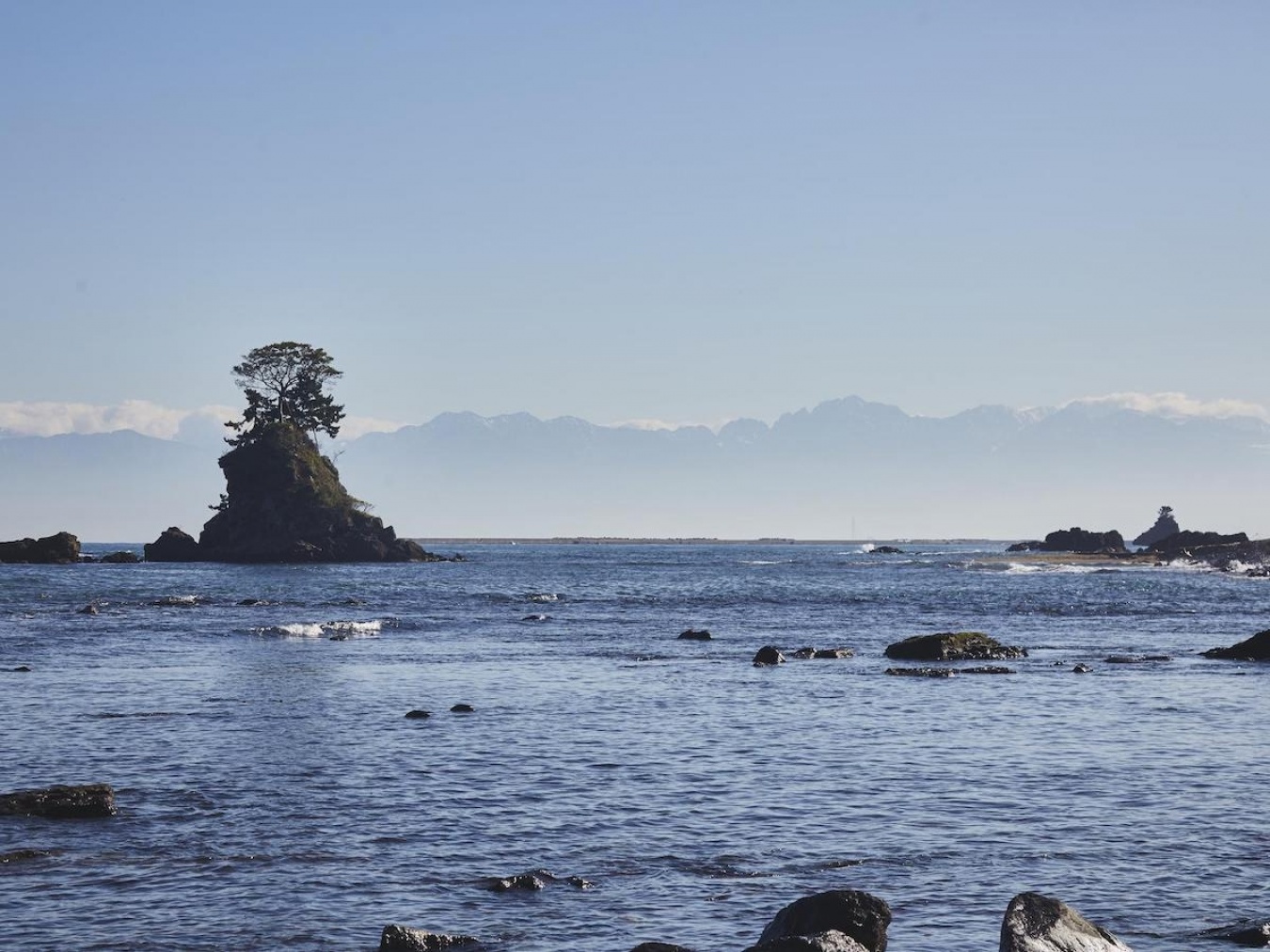
The Tateyama mountain range seen over Toyama Bay.In this land blessed with both mountains and water, a culture of craftsmanship has taken root.(Photo courtesy of Mizuto Takumi, Toyama Prefecture Western Tourism Company)
'At the same time, as a manufacturer, we also want to pass on the climate, traditions and manufacturing culture of Toyama Prefecture.
We also grow two-row barley on the distillery premises, and by using malt from within the prefecture, we can create a pure Toyama product.
What's more, I've heard that peat lies dormant in the highland marshes of Midagahara in Tateyama.
It's a dream come true to collect it because it's in a national park, but if by any chance we can use it, we can make a whisky with all Toyama ingredients. ...... (laughs)."
SHOP INFORMATION
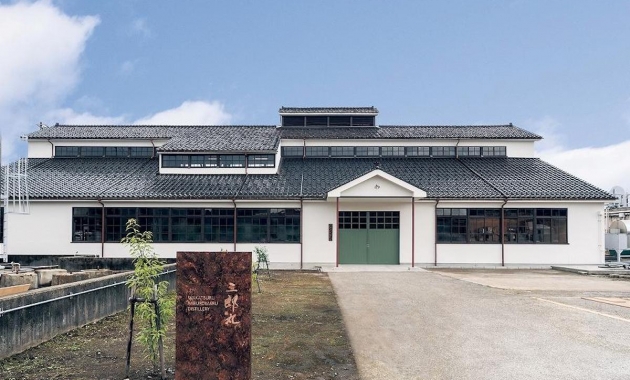
|
 |
|---|---|
| 三郎丸蒸留所 | |
|
富山県砺波市三郎丸208 TEL:0763-37-8159 URL:http://www.wakatsuru.co.jp/saburomaru/ |
- Drink Planet >
- PICK UP >
- The world's first cast iron pot still for
heavily peated whisky!
<Part 2>
![[Drink Planet] Cocktail portal site for bartenders](/img/common/logo.png)
![[Drink Planet] Cocktail portal site for bartenders](/img/common/logo-l.png)

